Are you planning to visit Durban botanic gardens ?
If the answer is yes, then you’re in the right place! You can still use this guide for your next visit if you haven’t already.
About Durban Botanical Gardens
The Durban Botanic Gardens is a remarkable destination that showcases the beauty and diversity of the plant world.
Situated in the lively city of Durban, South Africa, this garden holds the distinction of being the oldest botanic garden in Africa,
with its origins dating back to 1849. Spanning an impressive 15 hectares, it provides visitors with a chance to explore both local and international plant species in a tranquil setting.
✨ Quick tip: When traveling to Durban, even in safe destinations, it’s wise to stay aware of your surroundings and to pack ☑️travel safety essentials. One top pick is the She’s Birdie Personal Safety Alarm, which is TSA-approved and can help scare away potential attackers. Other recommendations include ☑️Clever Travel Companion Pickpocket-Proof Garments and ☑️Speakeasy Travel Supply Hidden Pocket Scarves.
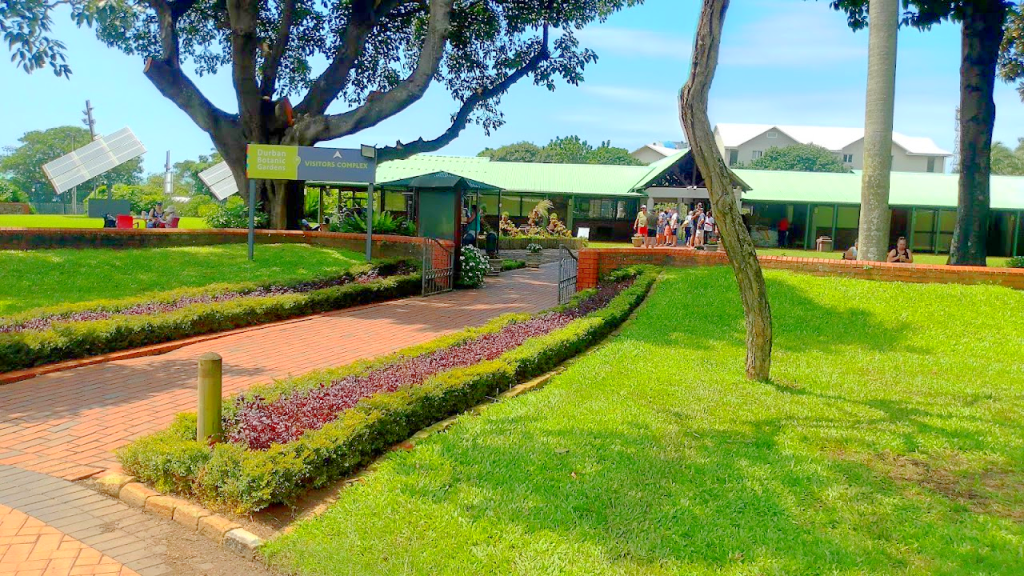
The Durban Botanic Gardens also prides itself on being an inclusive and welcoming space. With its wide-open lawns and shaded nooks,
it invites visitors to slow down and take in the serenity around them. It is a place where one can disconnect from the demands of daily life.
Check out ☑️🗽️The Tours and Tickets to Experience Durban Botanic Gardens. book tours and tickets to Durban Botanic Gardens. Experience Durban Botanic Gardens by buying tickets with Viator.
while being immersed in a landscape filled with color, texture, and the calming sounds of nature.
Durban Botanic Gardens: A Nature Lover’s Paradise
Activities and Events
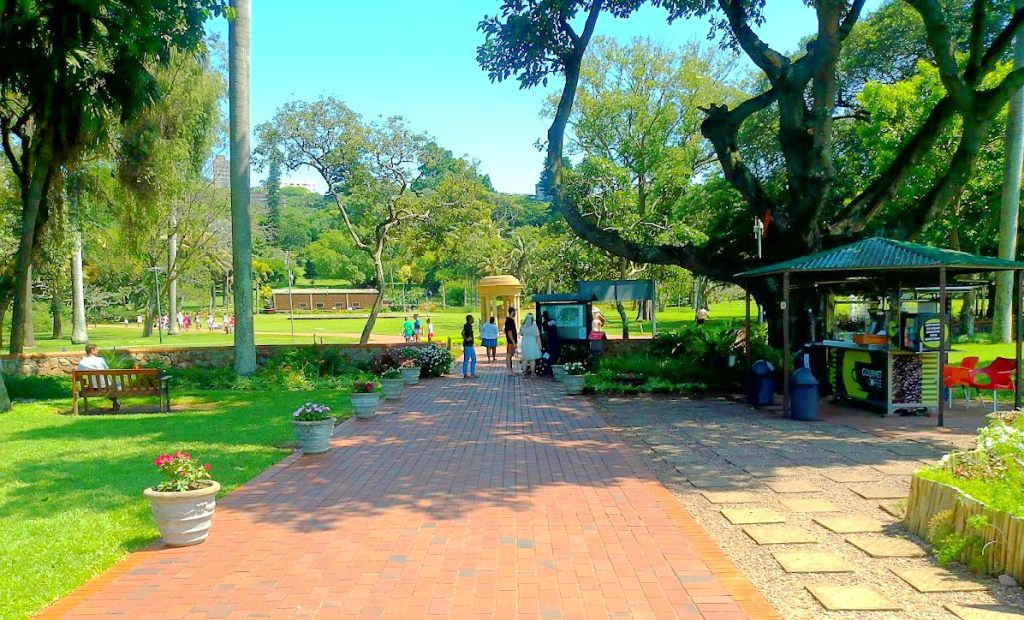
The Durban Botanic Gardens offers an exciting array of activities and events that cater to all interests and ages.
For those who enjoy a leisurely pace, the gardens provide walking tours, both self-guided and guided. The guided tours, led by knowledgeable staff,
Offer fascinating insights into the history of 🟢the gardens and the unique plant species housed within, enriching the visitor experience with stories and botanical knowledge.
🎶Music enthusiasts will be delighted by the regular concerts held in the gardens. These performances, often set against the serene backdrop of lush greenery, create a harmonious blend of culture and nature.
✅Outdoor theater productions also find a home here, giving visitors a chance to enjoy live performances while surrounded by the natural beauty of the gardens.
Workshops and classes are a staple of the gardens’ annual programming, offering hands-on experiences that range from gardening and sustainable practices to art inspired by nature.
These activities are designed to engage participants of all skill levels, making them a wonderful opportunity for learning and creativity.
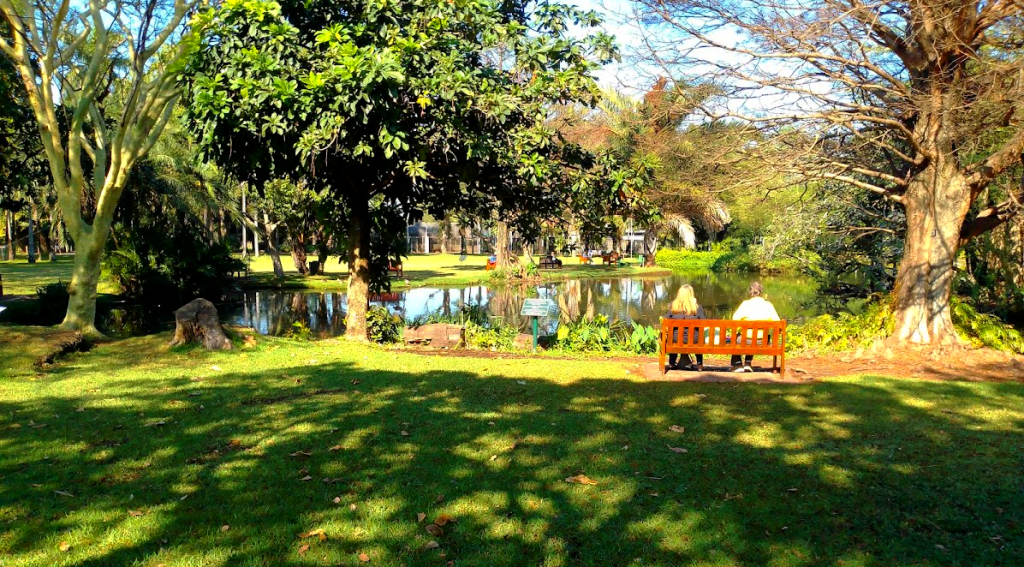
Additionally, art exhibitions are hosted throughout the year, showcasing works that celebrate the beauty of the natural world.
Families will find plenty to enjoy as well. The expansive lawns are perfect for picnics, providing an ideal spot to relax and take in the peaceful surroundings.
Interactive programs for children offer engaging ways to learn about the environment and foster a deeper appreciation for the world of plants.
These programs encourage exploration and curiosity, making the gardens a favorite destination for families looking to combine education with fun.
One of the standout events on the calendar is the indigenous plant fair, which draws gardening enthusiasts, conservationists, and plant lovers alike.
Check out the three top-rated hotels near Durban Botanic Gardens:
- 🏨Botany Bay Lodge: 0.3 km away, prices from €54/night. Book Now
- 🏨Pastel Guest House: 0.4 km away, prices from €52/night. Book Now
- 🏨Napier House Bed & Breakfast: 0.4 km away, prices from €89/night. Book Now
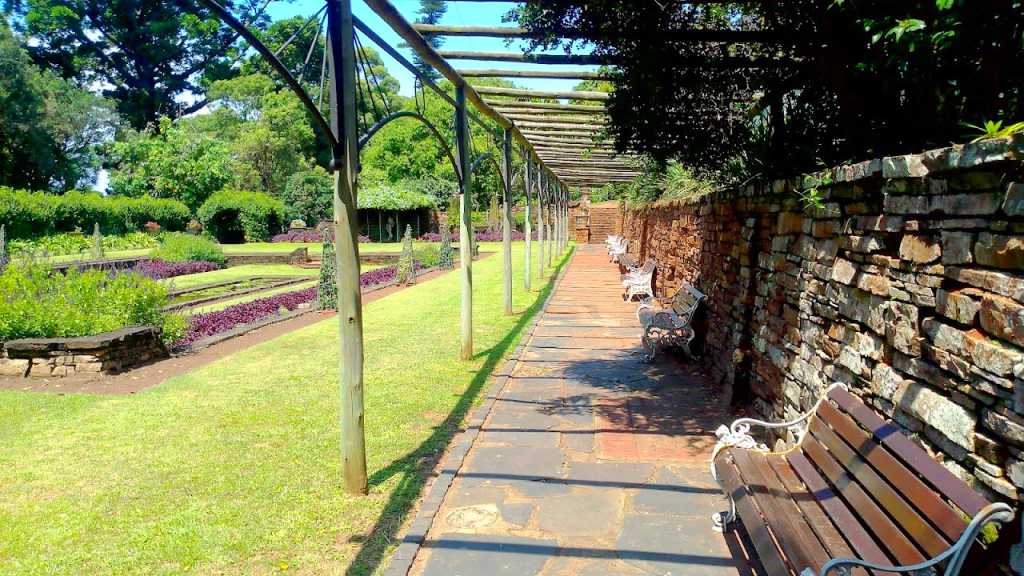
This fair highlights native plant species and promotes sustainable gardening practices, offering attendees the chance to purchase plants and learn more about their care and ecological importance.
Conservation and Research Efforts

The Durban Botanic Gardens stands as an active hub for protecting plant diversity and promoting ecological awareness.
The garden’s staff works on a variety of projects aimed at safeguarding species that face threats in the wild, many of which are crucial to maintaining the balance of their ecosystems.
Through carefully designed propagation techniques, rare and endangered plants are nurtured and reintroduced to their native habitats when possible.
This commitment ensures that species at risk are given a chance to thrive, contributing to the larger goal of biodiversity preservation.
In addition to their hands-on conservation efforts, the gardens maintain a strong focus on research. Collaborations with universities and environmental organizations allow for groundbreaking studies on plant biology and sustainable horticultural practices.
These partnerships often produce findings that have implications not only for the local environment but for global conservation challenges as well.
By sharing their knowledge with the scientific community, the Durban Botanic Gardens continues to play a key role in advancing efforts to protect the planet’s natural resources.

Educational programs are a cornerstone of the garden’s mission to spread awareness about the critical importance of conservation.
Workshops, lectures, and outreach events target diverse audiences, from school groups to professional horticulturists.
These initiatives encourage participants to adopt eco-friendly practices in their own lives, fostering a sense of shared responsibility for the environment.
The gardens also host interactive displays that highlight specific conservation projects, offering visitors a closer look at the work being done behind the scenes.
The seed bank maintained on-site serves as another vital component of the garden’s preservation strategy.
By storing seeds under ideal conditions, the gardens create a secure backup for species that might otherwise face extinction.
These collections not only act as a safeguard against biodiversity loss but also provide valuable resources for future restoration projects.
This work, while often unseen by the public, is instrumental in the global effort to address the challenges of environmental degradation and climate change.
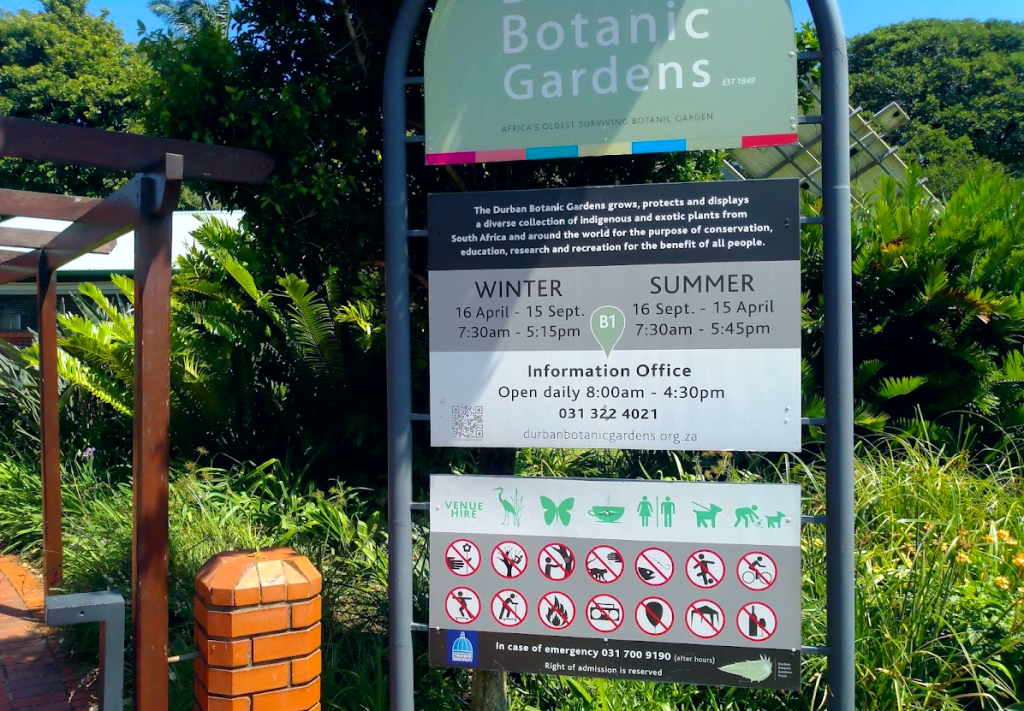
The Durban Botanic Gardens is equally dedicated to sustainable gardening, a practice that emphasizes the use of methods that work in harmony with the environment.
By prioritizing water-efficient irrigation systems and the cultivation of plants suited to local conditions, the gardens demonstrate how to create beautiful landscapes with minimal ecological impact.
Visitors can gain inspiration and practical tips from these examples, encouraging them to incorporate sustainable techniques into their own gardening practices.
Visitor Information
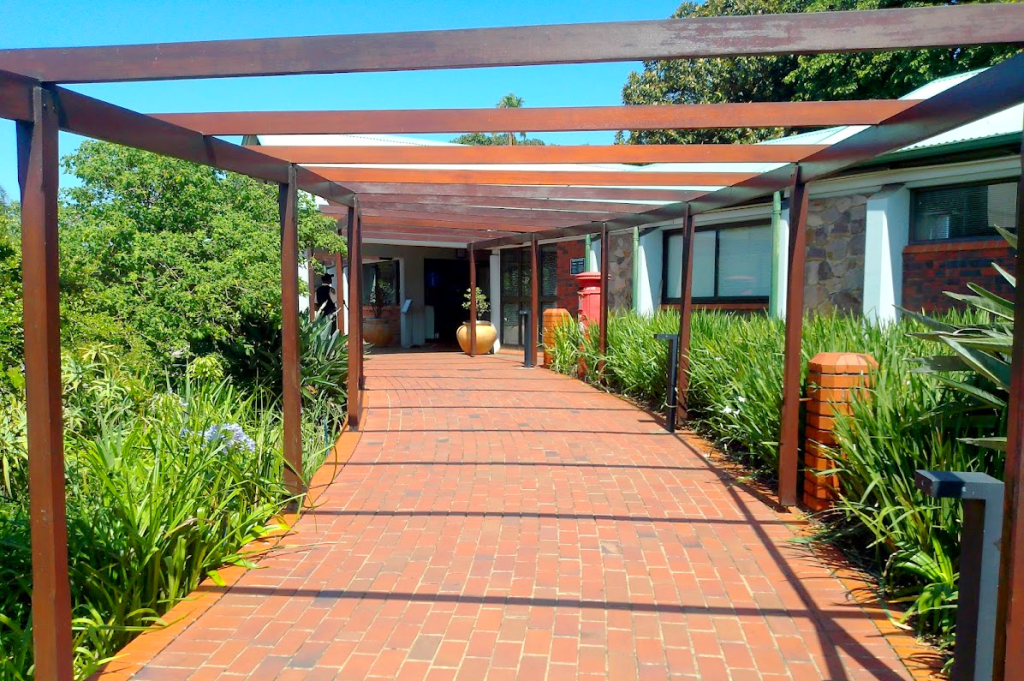
When visiting the Durban Botanic Gardens, you’ll find a variety of amenities to ensure a comfortable and enjoyable experience.
The gardens are designed to accommodate visitors of all abilities, featuring paved paths and ramps that make exploring the grounds accessible for ♿️wheelchair users and strollers alike.
🚻Restrooms are conveniently located on-site, and a café offers a selection of light snacks and refreshments for when you need a break.
For those looking to take a piece of the gardens home, the gift shop provides a range of souvenirs, including gardening books, local crafts, and plant-related items.
☑️Parking is available near the entrance, but it’s recommended to arrive early on weekends or during special events, as the area can get busy.
🗺️Maps of the gardens can be picked up at the information desk or downloaded online, helping you navigate the grounds with ease and locate points of interest.
While exploring, you’ll discover plenty of shaded benches and open lawns where you can rest or take in the serene surroundings.
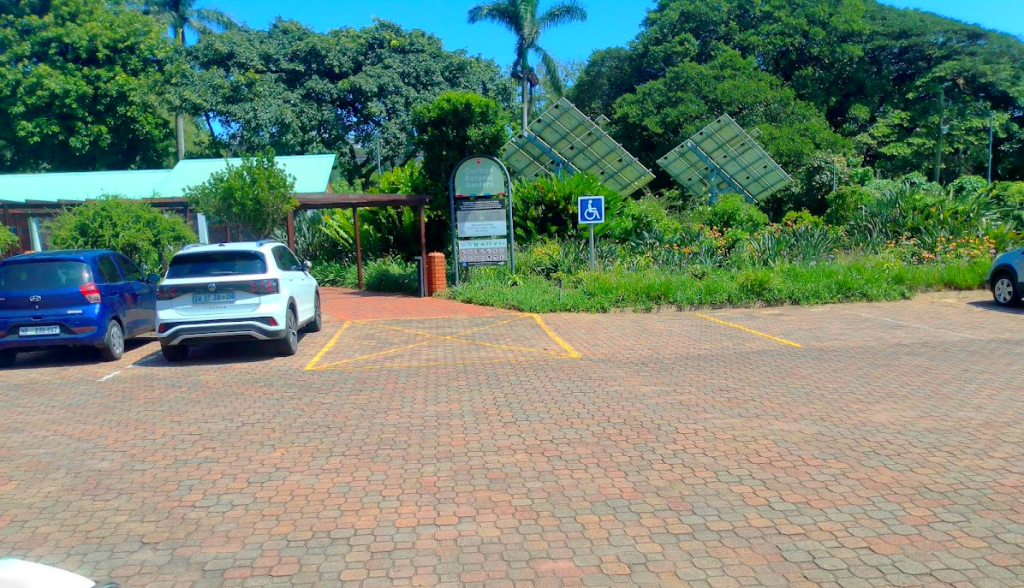
The gardens also provide numerous photo opportunities, so be sure to have your camera or smartphone ready to capture the vivid floral displays, towering trees, and beautifully landscaped areas.
While photography is welcomed, drones are generally prohibited to maintain the peaceful atmosphere and protect the wildlife.
For nature enthusiasts, the gardens often host plant identification stations or seasonal displays, allowing visitors to learn more about the diverse flora found on-site.
Keep an eye out for special exhibits or temporary installations that may enhance your visit.
These exhibits often focus on specific plants, themes, or conservation efforts and provide an additional layer of interest as you wander the grounds.
Signage throughout the gardens offers insights into plant species and the history of certain areas, adding an educational aspect to your exploration.

If you’re traveling with children, be sure to check if any interactive programs or family-friendly activities are scheduled during your visit.
The gardens operate year-round, with operating hours that vary slightly depending on the season.
Admission is free for most visitors, though some events or workshops may require a ticket or registration.
Visitors are encouraged to check the official website for the latest information on hours, events, and any potential closures.
Tips for visitors
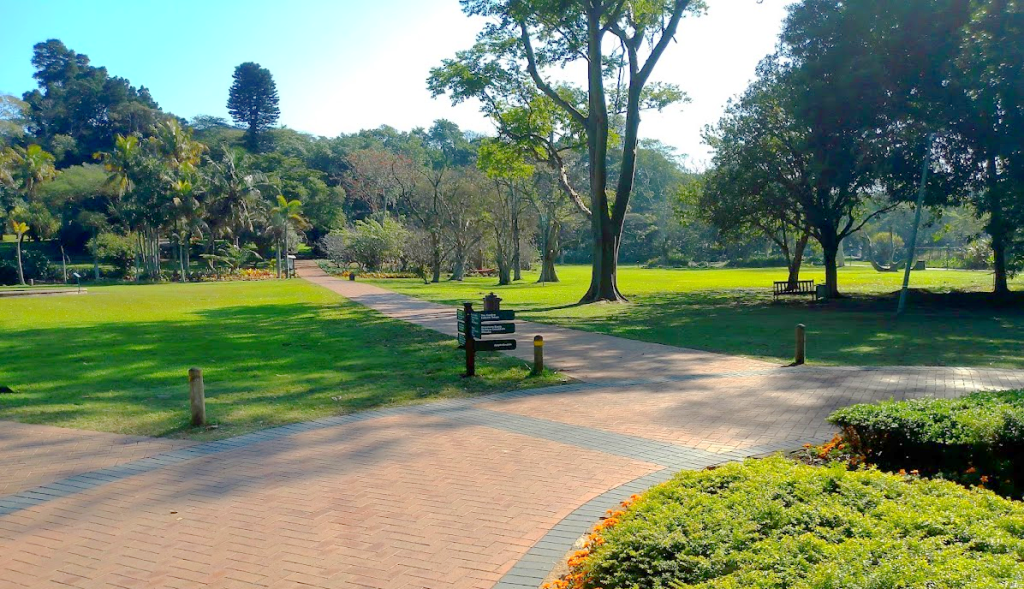
To make the most of your visit to the Durban Botanic Gardens, it’s a good idea to wear comfortable shoes, as you’ll likely spend a fair amount of time walking through the expansive grounds.
The garden’s pathways are well-maintained, but a good pair of walking shoes will ensure you can explore every corner without discomfort.
Since much of the garden is outdoors, bringing along 👓sunscreen, a 🧢hat, and water is also recommended, especially on warmer days.
Consider arriving earlier in the day to avoid the mid-afternoon heat and to enjoy the gardens while they’re less crowded.
Mornings provide a peaceful atmosphere and offer excellent lighting for photography. The garden is a paradise for plant lovers and nature photographers,
so a camera or smartphone with ample storage is a must if you want to capture the vibrant flora or towering trees.
If you’re planning a picnic, the gardens have several scenic spots perfect for relaxing with family or friends.
Bringing a Waterproof Outdoor Blanket is a great way to make your experience more comfortable while lounging on the grassy lawns. However, be sure to pack out any trash to help preserve the natural beauty of the area.
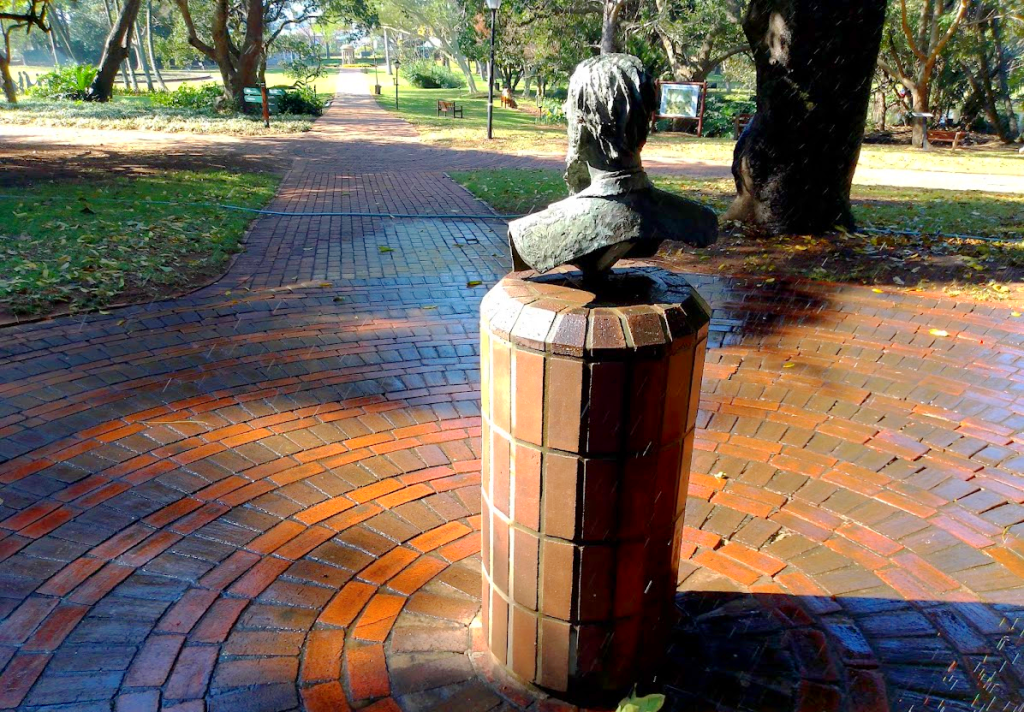
If you prefer not to pack your own food, the on-site café provides a convenient option for light refreshments.
Families with children will appreciate the variety of spaces where kids can play and explore. The gardens often have seasonal programs or activities tailored for younger visitors,
so it’s worth checking the event schedule in advance. These programs provide an interactive way for children to learn about plants and the environment in an engaging and fun manner.
Visitors interested in learning more about the garden’s history or plant species should consider joining a guided tour.
These tours provide fascinating insights and are a wonderful way to gain a deeper appreciation for the garden’s unique offerings.
If a guided tour isn’t available during your visit, self-guided maps are easy to access and allow you to explore at your own pace while still discovering key points of interest.
Check out ☑️🗽️Tours & tickets Durban Botanic Gardens. Explore the natural beauty of Durban on a guided tour of 3 nature reserves. Visit Pigeon Valley Nature Reserve, Durban Botanical Gardens, and Umhlanga Lagoon
Keep an eye out for designated signs and displays throughout the garden that highlight significant plants or historical features.

These informative markers provide a richer context to your visit and offer an educational experience as you wander the grounds.
For those with an interest in horticulture, seasonal displays and plant identification stations are often set up to showcase unique or native flora.
Packing light is advisable, but bringing along a reusable water bottle is always a good idea to stay hydrated during your visit.
The gardens are committed to sustainability, so keeping your trip eco-friendly by minimizing waste aligns with their mission.
While walking through the grounds, respect the environment by staying on designated paths to protect the delicate plant life and ecosystems.
For visitors who enjoy live events, it’s worth timing your visit to coincide with one of the many concerts, outdoor theater productions, or art exhibitions that take place throughout the year.
These events add a cultural element to the experience and are often set against the stunning backdrop of the gardens.
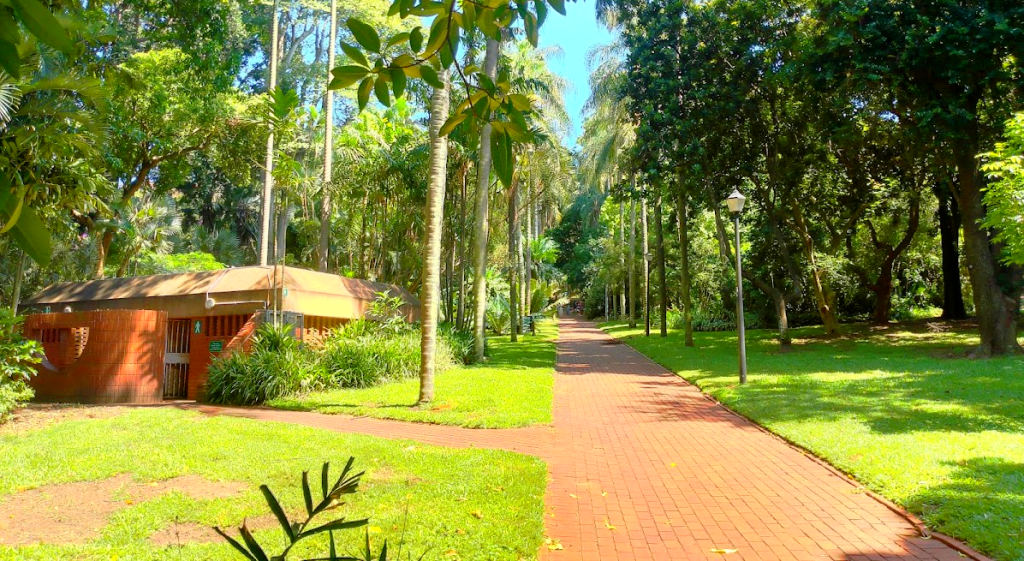
Be sure to check the schedule on the garden’s website or inquire at the information desk for event details.
Accessibility is a priority at the Durban Botanic Gardens, so visitors with mobility challenges can rest assured that the pathways and amenities are designed to accommodate everyone.
✅🦼Wheelchairs and strollers can navigate the grounds with ease, making the garden a welcoming space for visitors of all ages and abilities.
For anyone requiring additional assistance, the staff at the information desk are happy to provide guidance.
Lastly, don’t rush through your visit—take the time to soak in the tranquility of the gardens.
Whether you’re there to learn, relax, or simply admire the natural beauty, the Durban Botanic Gardens provides a serene escape from the busyness of daily life.
By following these tips, you’ll create lasting memories and enjoy everything this incredible space has to offer.
Frequently Asked Questions About Durban Botanic Gardens
- Q: What are the opening hours of Durban Botanic Gardens?
A: 8am to 6pm daily. The Durban Botanic Gardens are open from 7:30 AM to 5:15 PM in the winter and 7:30 AM to 5:45 PM in the summer, daily, including public holidays. check here to find more details - Q: Is there an entrance fee for Durban Botanic Gardens?
A: No, it’s free to visit. - Q: Are there guided tours available at Durban Botanic Gardens?
A: Yes, guided tours can be arranged.
